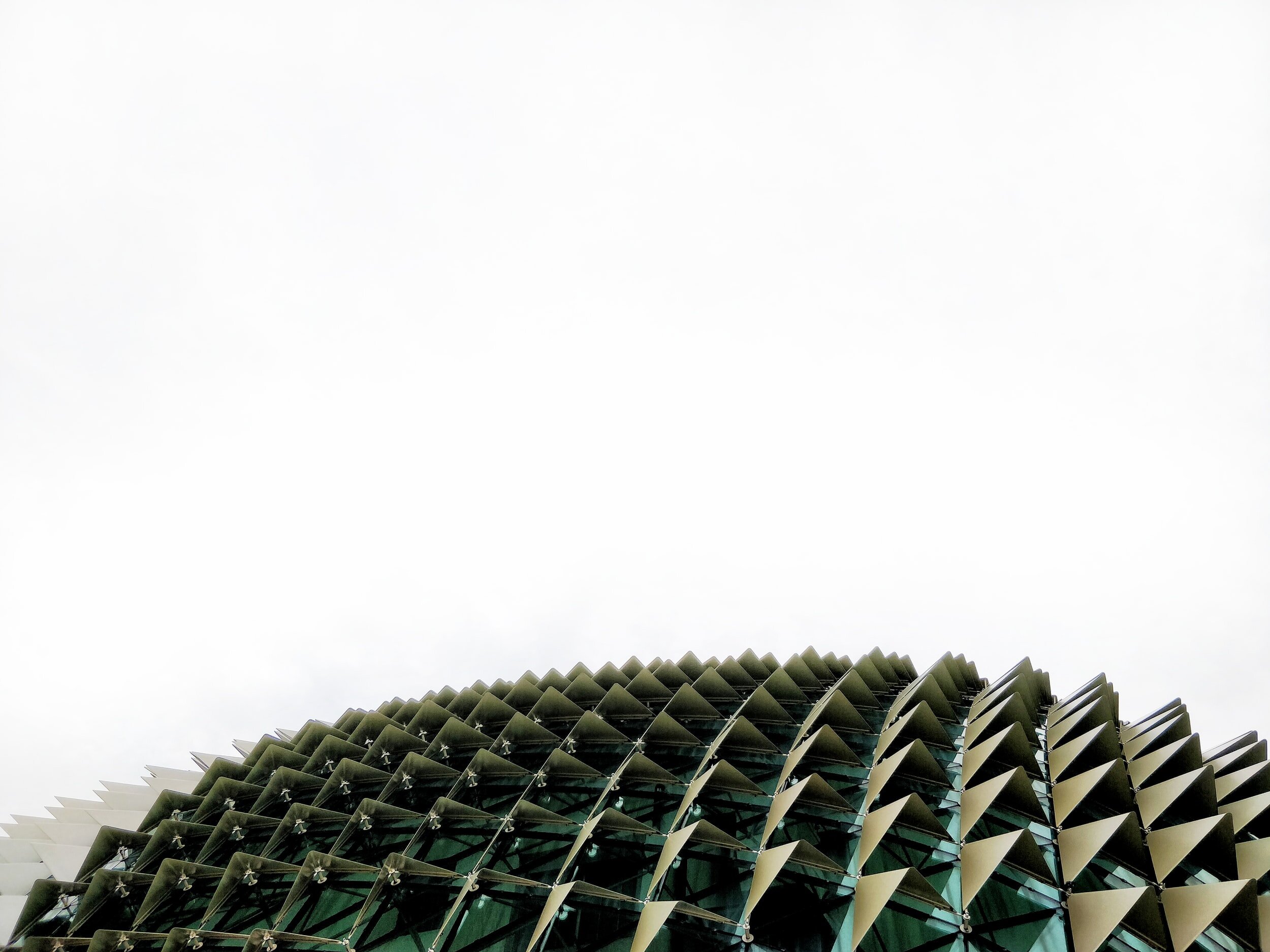
Frequently Asked Questions
Know What To Expect From M&G.
Your experience with us matters, scroll down to preview the most frequently asked questions about our facilities and services. For billing & insurance click here.
1
Intake.
To prepare for your ocular or maxillofacial visit, we would like a letter from your physican stating what services you are in need of. For insurance reasons you may need Letter of Medical Necessity (LOMN). Also, bring a list of any medications given post surgery.
2
Visits.
During your initial visit, we do a full ocular examination of the socket conjunctiva, fornices and lid function. We evaluate and assess whether further surgery may be beneficial. An ocular prosthesis will typically require three visits to complete. A maxillofacial prosthesis may take four or more appointments.
3
Follow-Ups.
Follow-up visits are important and determined based on each individual patient. We usually recommend a resurfacing and polishing of the ocular prosthesis every 6 or 12 months. At this visit we also evaluate the prosthesis and determine if any adjustments could improve the fit or cosmetic look of the prosthesis. We are part of your ocular team and keep in touch with your referring physician .

"The M&G team takes the time to understand your every specific look and comfort need all along the way"."
— CLIENT TESTIMONIAL
FAQs
What is an ocularist?
An ocularist is an individual who fits and fabricates ocular prostheses. We recommend patients see a certified ocularist.
What is a certified ocularist?
A certified ocularist is someone who has competed the American Society of Ocularists (ASO) training and then gone onto getting certified by the National Examining Board of Ocularists (NEBO).
What is an artificial eye (ocular prosthesis)?
An artificial eye is a plastic shape that is designed and fitted into the socket to take the place of a enucleated, phthisical or blind eye. The artifical eye is not only for cosmedics, but also helps to bring back near natural anatomy and functionallity.
What is a scleral shell?
A scleral shell is a very thin shell-type prosthesis that can be fitted over a blind or phthisical globe.
Will an ocular prosthesis make me be able to see?
The ocular prosthesis will not get your vision back, but most patients say they do see better from their sighted eye while wearing the prosthesis.
How long does a prosthesis last?
We recommend a new prosthesis to be made every three to five years to account for orbital changes.
How often does the prosthesis need to be polished?
It is recommend a ocular prosthesis be resurfaced/cleaned by an ocularist every 6 months or 12 months depending on protein buildup. At the appointment, the prosthesis will be polished and evaluated to see if any changes are needed.
What is a conformer?
A conformer is a plastic shape placed in the eye socket to keep the shape of the orbit and stop the socket from contracting.
What is an expansion conformer?
An expansion conformer is a conformer used in a series of increasing sizes used to enlarge the socket over time. These are used with infants and patients that have experienced a contracture of their socket.
What is an ocular implant?
An ocular implant is an implant placed into the muscle cone after having an eye enucleated. This helps to account for lost volume, support, and motility.
How can you tell the top of the prosthesis from the bottom?
Most prostheses will have a marking at the top whether it's a dot, initials, or numbers.
How can I protect my remaining eye?
To protect your remaining eye, we suggest you wear glasses with polycarbonate lenses.
Maxillofacial Prostheses
What type of maxillofacial prostheses do you make?
We custom fit and fabricate orbital, auricular (ear), nasal, and hemifacial/midfacial prostheses.
What are maxillofacials made of?
Most maxillofacial prostheses are made of medical-grade silicone. When an ocular prosthesis is included, it is manufactured using heat-cured acrylic.
How are facial prosthetics retained?
Most of our orbital prostheses are retained by medical-grade adhesive. However, we also create implant retained (typically osteo-integrated) prostheses, and prostheses retained by undercuts, or pressure-fit prostheses, where applicable.
How long does it take to make ?
In most cases, it is four to five appointments. The appointments do take longer than a standard doctor's appointment because each prosthesis is custom fit, sculpted, and painted.
How long do they last?
A well-maintained silicone prosthesis typically lasts two to three years. Sometimes the fit will need to be adjusted sooner.
What publications can help me to adjust to eye loss?
“Lost Eye” or “Singular View” is very helpful in coping with the loss of an eye.

